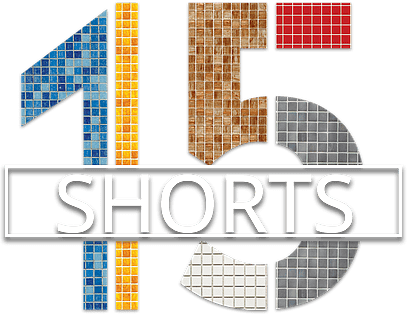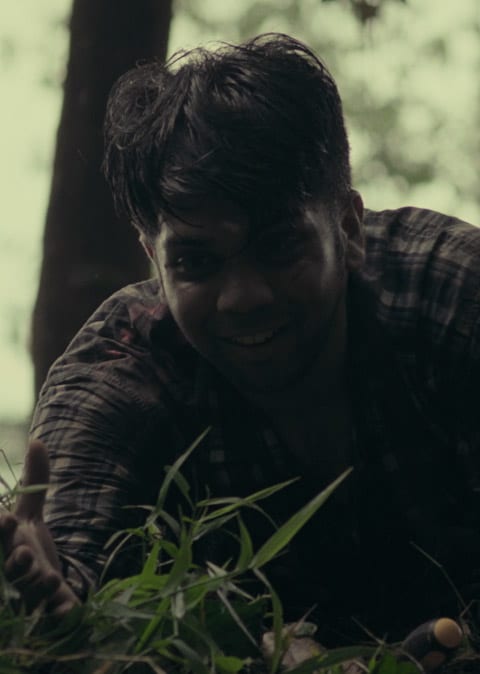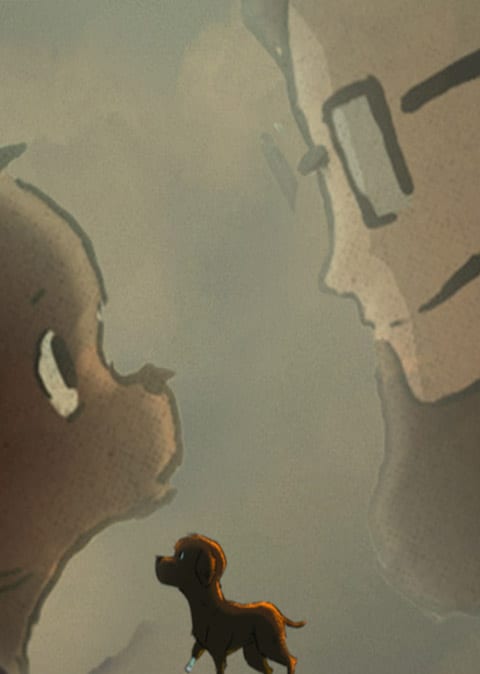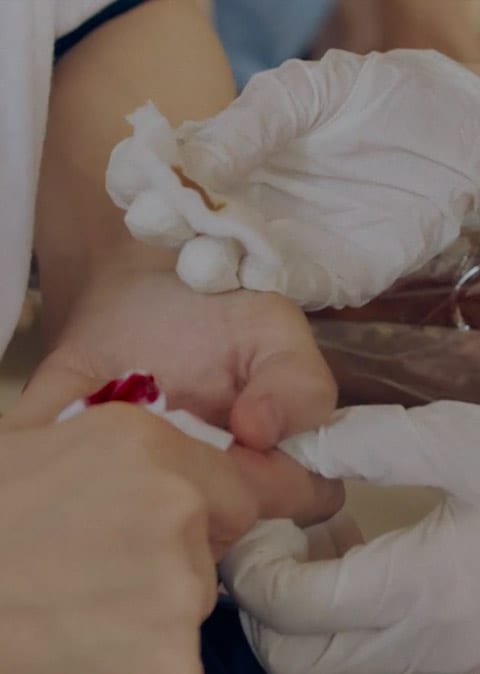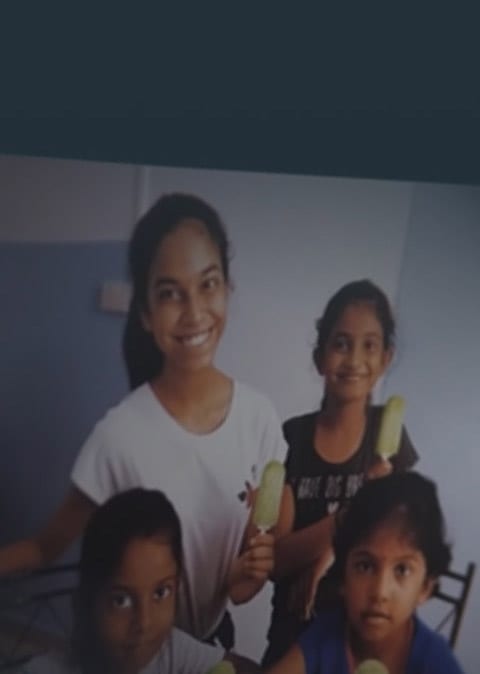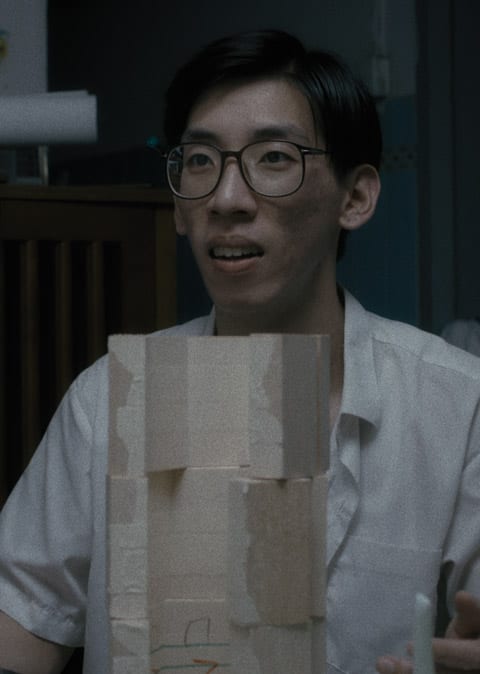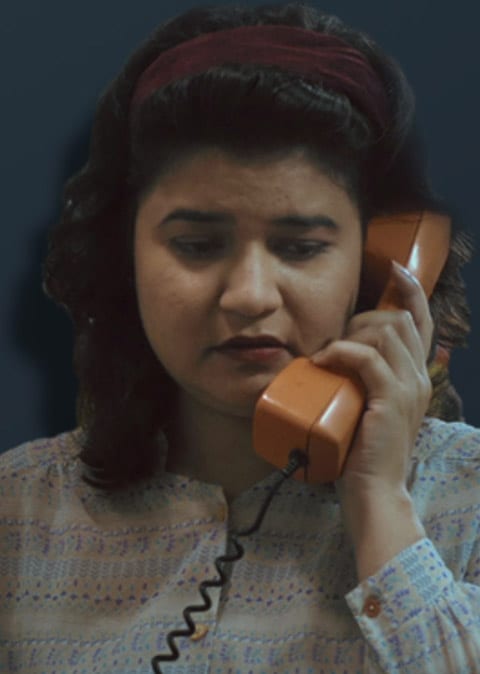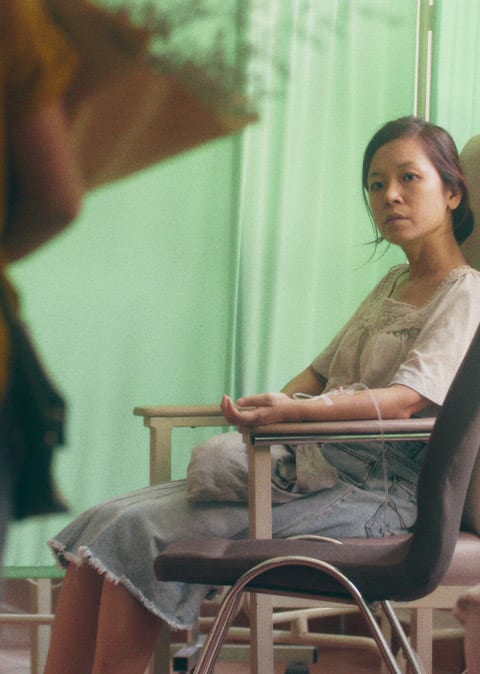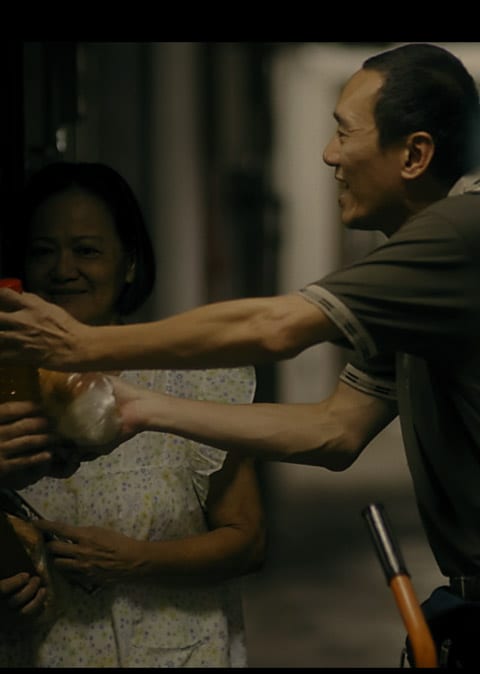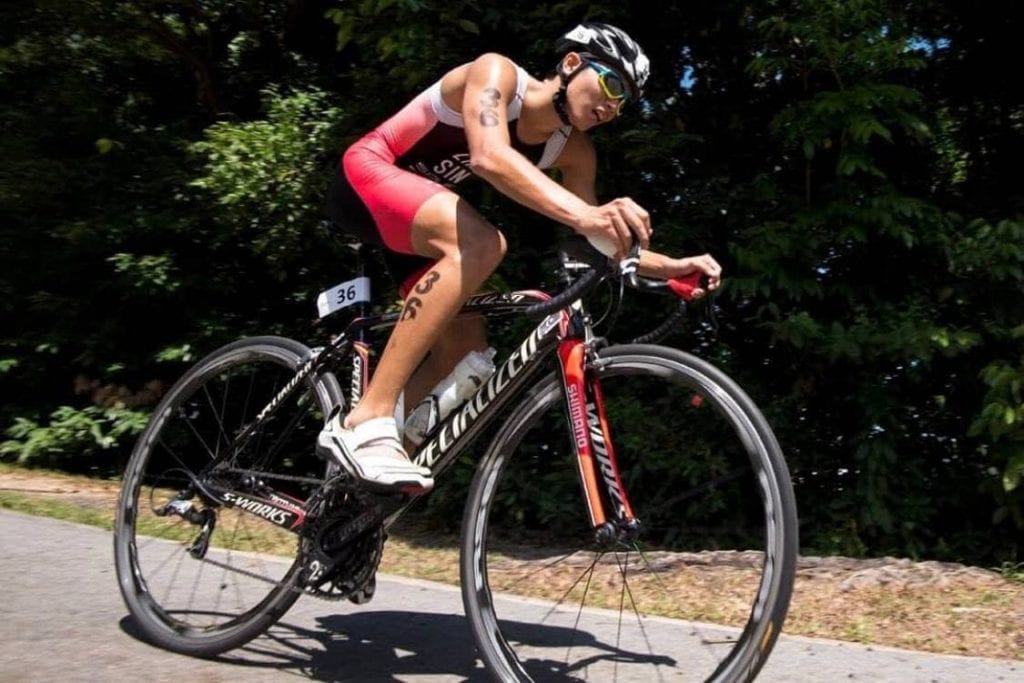
Much has been said about the power of sports to bring together people, both within and across societies. As Nelson Mandela once said, “Sports has the power to change the world. It has the power to inspire. It has the power to unite people in a way that little else does. It speaks to youth in a language they understand.”
Yet sport also highlights the inequalities individuals in society face, a problem that Eugene Lee is all too familiar with.
Eugene is a technical director of Triathlon Singapore, the National Federation and governing body for triathlon, duathlon, aquathlon and other related multisports in Singapore. With over a decade of industry experience, Eugene plays an active role in coach education and in developing the coaching community in Singapore.
This expertise proved invaluable in his work with SportCares, which sought Triathlon Singapore’s help to establish a new Multisport Programme focused on swimming, cycling, and running for at-risk youths in the country. SportCares, Sport Singapore’s philanthropic arm, uses the power of sports to drive social impact for vulnerable groups such as Persons with Disabilities, the elderly, and youths.
While the new Multisport Programme connects with communities through triathlon, Eugene explains that the project isn’t so much about coaching the at-risk youth communities they work with as it is about joining them in navigating life’s challenges and the uncertainty faced.
Using Triathlon as a Vehicle for Youth Development
“The key outcome is not the sport itself. It is actually about impacting lives.”
Within the Multisport Programme, Triathlon is a potential tool to enable positive social change in communities.
“The sport is just a vehicle,” Eugene explains. “The key outcome is not the sport itself. It is actually about impacting lives.”
Triathlon can provide a safe space for youths to play and let their hair down. In many ways, it fulfills the lost elements of their childhood by providing experiences often associated with family, such as learning how to swim or ride a bike. These character-development experiences help to bridge the gap between growing up under institutional care and reintegrating into society.

Eugene notes, “A lot of the kids in our programme actually couldn’t swim or cycle, primarily because they never had the opportunity or resources (growing up).”
The value of sports in imparting soft skills to youths should also not be undermined. Regardless of whether it is an individual or team sport, channelling time and energy into an activity that requires youths to strive for improvement is fertile soil for learning and growing. It creates an environment to develop confidence, trust, community involvement, gratitude, perseverance—the list goes on. Sports provide youths with opportunities to focus on themselves and their aspirations, fuelling their drive for life.
The Multisport Programme builds on the success of other SportCares projects like Saturday Night Lights—weekly football get-togethers designed to keep at-risk youths off the street at night. “These are to keep the boys literally from getting in trouble on the weekend”, Eugene shares. The programme also contributes to changing the narrative that triathlon is an affluent sport in Singapore by introducing the sport to youths who would otherwise not have considered or have had access to it.
“If we don’t bring things back down to the grassroots level, nobody will ever know triathlon,” asserts Eugene.
The Importance of Relationship-building in Sports
The MultiSport Programme caters to kids between the ages of 7 and 19, many of whom have no support system in their lives aside from the institutional structures of care they grew up in.
Here, coaches play a crucial role. “They are the ones who shape the programme,” Eugene emphasises.
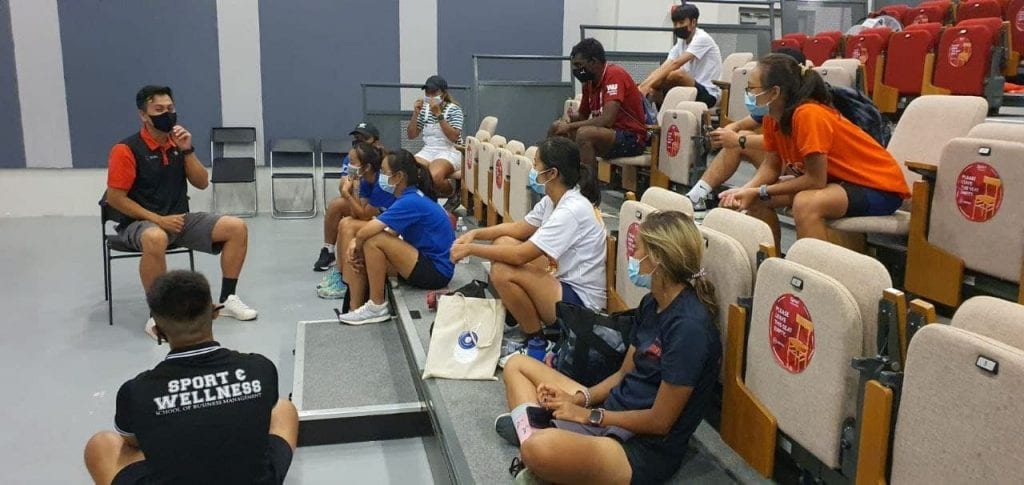
Sports coaches have the experience of building close relationships with athletes and teams, giving them a critical edge. Coaching is a “holistic process” that requires an open mind to different athletes with unique needs, strengths, abilities, and backgrounds. Coaches aren’t called to just be specialists in the world of high performance—they are also called to be mentors.
By nurturing sport-related values such as self-discipline, perseverance, and camaraderie, coaches help disenfranchised youths reintegrate back into society from what are often “invisible” enclaves of institutional care.
Redefining What Makes A Good Coach
Eugene shares about the high expectations in coach selection for this programme. It requires a unique combination of coaching experience, empathy, and communication.
“One of the biggest misconceptions is that the coach needs to have perfect technical skills,” he explains. “In reality, a lot of our coaches are not highly “technically skilled”. They might have never even coached a high-level athlete, but their draws are their strong interpersonal communication skills.”
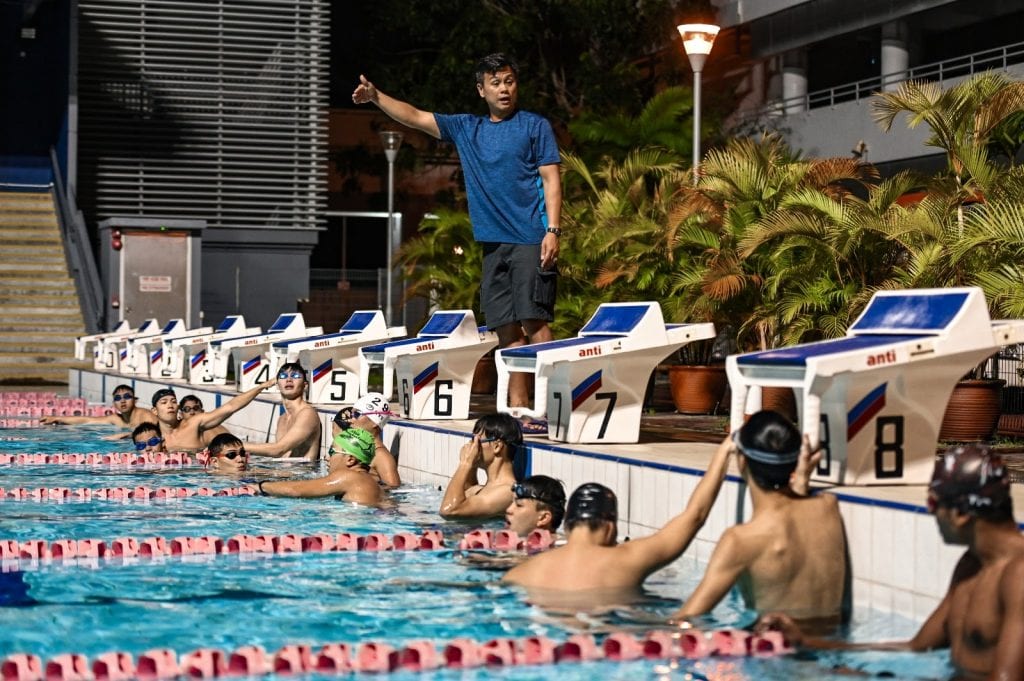
However, his strict criteria makes hiring new coaches and scaling the programme a challenge.
“The coaches have a huge process to go through. There’s an internal interview by us (Triathlon Singapore) and an internal interview with SportCares.” And despite having experience in the high-performance arena, recruits still have to go through additional mentorship programmes related to youth engagement and specific coaching certification courses that can last over six to eight months.
Cultural fit is another factor often considered in the hiring process. For example, female coaches are important, as places like girls’ homes can only be staffed by women.
Coaches also find themselves going beyond the roles and responsibilities stated in the initial job description. Some of them even sacrifice time with family or more lucrative sport-coaching contracts to serve at the MultiSport Programme full-time. “They are really stretching themselves above and beyond,” he adds.
It Takes a Village to Raise a Child
“People need to know that sports can do so much more,” Eugene urges.
8 out of the 11 existing coaches share a unique history: they have all been personally coached as athletes by Eugene. Eugene himself understands best that a large part of the MultiSport Programme’s success rides on what gives sports the power to bring out the best in us: community.

The personal relationships between coaches and athletes create an entire ecosystem of support for members to grow each other around the pursuit of sport, from generation to generation. Eugene admits that this kind of relationship-based ecosystem is still hard to qualify and is far from a structured process, but is nevertheless deeply paramount in the local sports community.
He draws a parallel to the world of high-performance sport where the converse is all the more true—sports can also bring out the worst in us. He laments that the focus on guts and glory in the high-performance sporting industry overshadows the good of sports, often creating schisms within the local sports community where high-performance athletes find it difficult to build meaningful relationships amidst feelings of distrust.
Alas, the reality of an outreach programme such as the MultiSport Programme is that the relationships formed within it are difficult to sustain. Professionally, the coaches and staff are unable to stay in touch with the youth outside the programme due to legal constraints. The coaches tend to lose touch after they leave their youth homes.
Goodbyes are more than poignant and it seems frustrating to be unable to see the fruits of one’s labour or quantify the impact of the MultiSport Programme, but the programme’s team has learnt to take things one day at a time.
Eugene fondly recounts an anecdote from one of his coaches working together with boys from Muhammadiyah Welfare Home, humorously lamenting that coaching the boys was akin to raising his two rowdy pre-teen sons back at home.
Eugene notes that the impact of the programme shines through the small, human details. He cites to us how the simple task of caring for their own bicycles had empowered the youth at Boys’ Town in taking on a renewed sense of pride and responsibility as they built and managed a bicycle work shed. It was a sign of a maturing of temperaments among the youth as they learned that discipline was key to partaking in training.
Many of the girls in the Girls’ Homes were also initially apprehensive and temperamental whenever the coaches would come around. However, after several sincere attempts by the coaches, the girls are now more tolerant and engage with the activities—a sign of comfortability and an understanding of reciprocity.
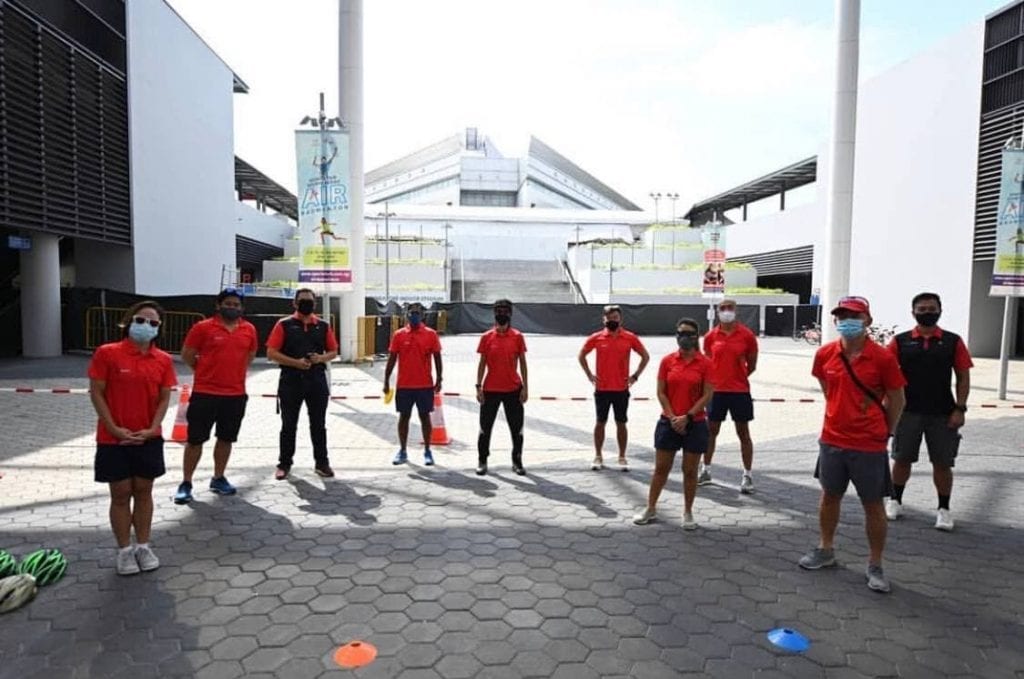
The Struggle with Coming Full Circle
At the end of the day, many gaps in the stories of the programme’s youths remain, along with the perennial struggle of measuring social impact and the success of such programmes. There exists a chicken-and-egg conundrum between impact-evaluation and industry support. Support is waning for a lack of data-driven post-programme evaluation reports while impact evaluation remains exceedingly difficult without the appropriate backing and necessary funding. Additionally undesirable circumstances abound in non-profit community development initiatives, leading to much uncertainty. But the programme’s small team has stayed committed to their cause.
Eugene himself jokes that he is not sure why his coaches have not left the programme yet, but is grateful for the foolhardy bunch. This is perhaps the best way to measure the success of a community-development programme—when both members and volunteers allow themselves to learn from one another, where service is not mere charity but a duty forged of mutual care and respect.
Reflection Questions
- What did you learn from the above article that was meaningful and relevant for you?
- How are leaders selected in your communities and what are the selection criteria?
- How can you use sports or connect with sports communities to increase giving and contribution within your own communities?






